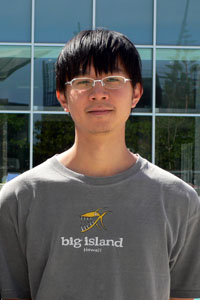
In the late 1990s, observations of distant Type Ia supernovae as standard candles led to the discovery of the accelerating expansion of the Universe. Since the discovery, modern cosmology has been faced with a conundrum: is today’s Universe dominated by a mysterious “dark energy” or are we witnessing the breakdown of General Relativity on the largest scales? Understanding the underlying cause of cosmic acceleration ranks as one of the greatest outstanding problems in contemporary physics. And the efforts that led to this amazing and confounding discovery were awarded the 2011 Nobel Prize in Physics.
Type Ia supernovae remain the most direct probe of the expansion history of the Universe and the properties of dark energy. Despite its wide use in cosmological studies, the origins of Type Ia supernovae, their explosion mechanisms and progenitor systems, remain unknown. Thus, improving future dark energy experiments is not just a question of observing more objects; as any survey, no matter how large, will ultimately be limited by systematic errors. A dominant source of systematic errors comes from our lack of knowledge of the physical origins of these explosions. Different paths of creating the explosions would have different evolution of properties with cosmic time, which can mimic effects of dark energy. As the planning for the next generation dark energy experiment is currently underway, deciphering the origins of Type Ia supernovae is more pressing than ever.
The postdoc will make detailed multi-wavelength time-series observations of nearby Type Ia supernovae with resources available to US astronomers, as well as, our South American and European collaborators. These results will then be compared to computer simulations in order to determine the origins of the explosions, and to find methods to improve upon current cosmological analysis using Type Ia supernovae.
The postdoc will receive training in astronomical observations and data reductions, with emphasis on the near-infrared and mid-infrared wavelengths. I will also provide guidance in publishing the results, as well as, writing telescope time, grant, and job applications.

